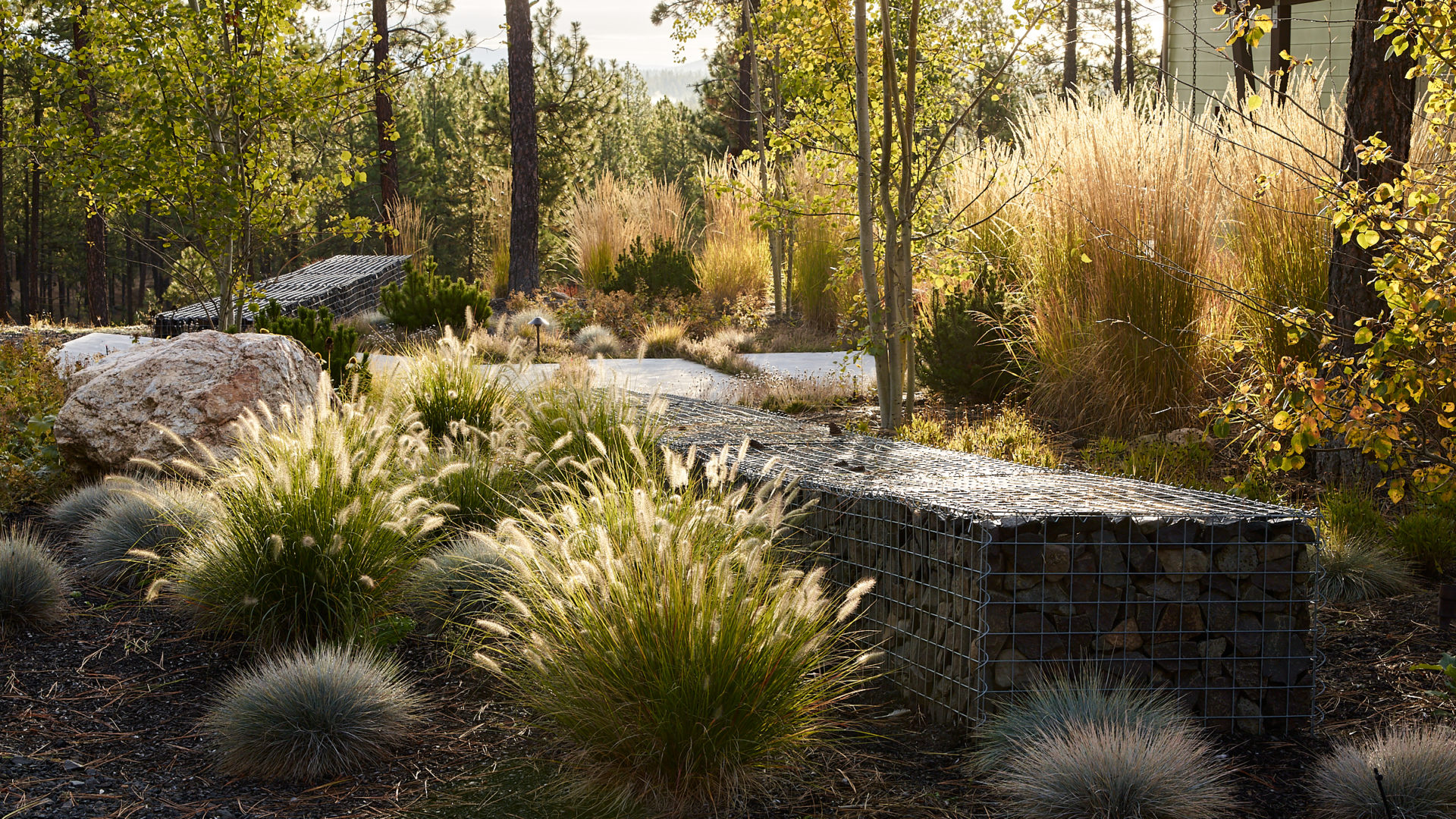
This is the latest in a series of blogs by John Wyer, which explores the A to Z of garden design and horticulture. This time, G is for Grasses…
I remember having a conversation with a planning officer in Buckinghamshire in the summer of 1992, shortly after I had set Bowles & Wyer up (still known as John Wyer at that point). I was trying to get planning condition discharge on an old village school that was being converted to a private house. Despite it being on a residential road in a quiet village with a row of very suburban bungalows next to it, the landscape officer was insisting that I only use UK native plants (of which I did have a good proportion, to be fair). We got into a bit of an argument, and I confess I rather lost it, which is never a good idea with a planning officer. He was saying that he couldn’t budge, or it would be the thin end of the wedge. I gestured indignantly to the neighbouring 1950s bungalow with its proud Cortaderia selloana, and said crossly:
“Well, no; we couldn’t have that – you might have a rash of Pampas grass breaking out all over Buckinghamshire!”
“Exactly!” he replied, without a hint of irony, and glad that I had finally seen sense.
All through the 1970s, Pampas was about the only grass you saw being grown in gardens in the UK. In the 1980s, a few others such as Festuca ovina var. glauca began to creep into use. The only reference book on the subject I had at college was CE Hubbard’s excellent ‘Grasses’, although this was almost entirely about wild and turf grasses.
Then, in the second half of the 1990s, something happened – the prairie movement. This started in the US, accompanied by Rick Darke’s excellent book on ‘Ornamental Grasses’. For a long time, I only associated Rick with this book (and with grasses). It was only years later when I met him and mentioned this, that he said somewhat tetchily: “Yes – I’d actually much rather be known as the tree man!” And indeed, he does know a huge amount about trees.
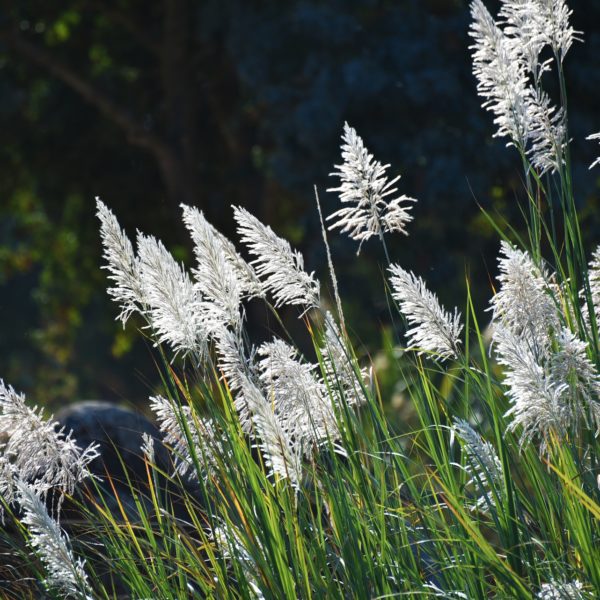
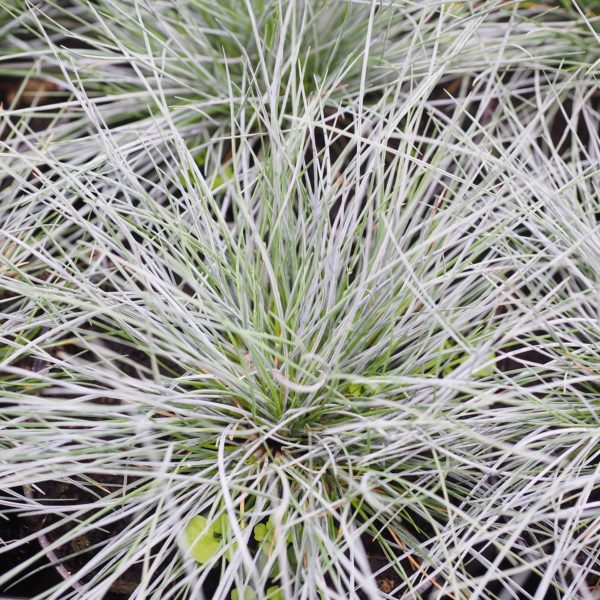
In Germany, this movement was also well underway, although in a different way. In the UK it was also taken up with gusto, particularly after a trip organised by my good friend Brita Von Schoenaich to look at such techniques in the Netherlands and Germany. This led to many proponents of the style in the UK, such as Christopher Bradley Hole, Tom Stuart Smith, the Sheffield School, and others. As well as its use of perennials in informal sweeps, what sets this movement apart is the use of grasses completely integrated into the planting.
One other person really deserves a mention here – Neil Lucas of Knoll Gardens. He probably did more to help the propagation and cultivation of grasses than almost anyone else in the UK. I always feel talking to him that there is almost nothing that he doesn’t know about grasses. He once told me that the swathe of Pink Muhly Grass I had just planted in my garden would fail – “It’s a warm season grass you see, and you really need a cool season grass; unless it really is in an exceptional spot.” Unfortunately, he was right. By the end of the second season, there was no trace of it.
It is hard to think of designing a garden without Sesleria, Pennisetum, Calamagrostis, Miscanthus or Panicum (and the rest). But these wonderful grasses were not only barely on any designers’ radar when I left college in the 1980s, they were not commercially available, except in small quantities from specialist nurseries.
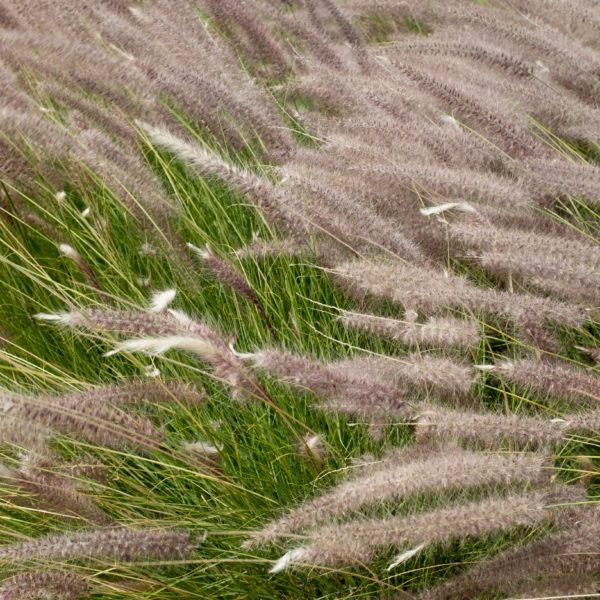
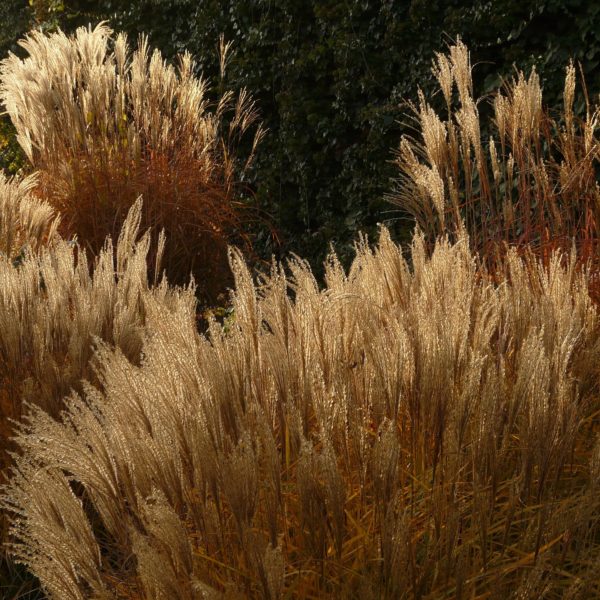
And yet, there is nothing quite like back-lit grasses on a summer evening – they almost take your breath away as they move gently in the breeze with golden light making them glow. I quite like to keep the species list short – perhaps three different varieties used repeatedly through a border. I loved this in our Washington State garden in the US, where the contrast of the dwarf pines, grasses and creeping thymes combined with the boulders to make an arresting picture.
We’ve come a long way from my Pampas grass in Buckinghamshire. I for one hope that ornamental grasses are a permanent addition to our palette.